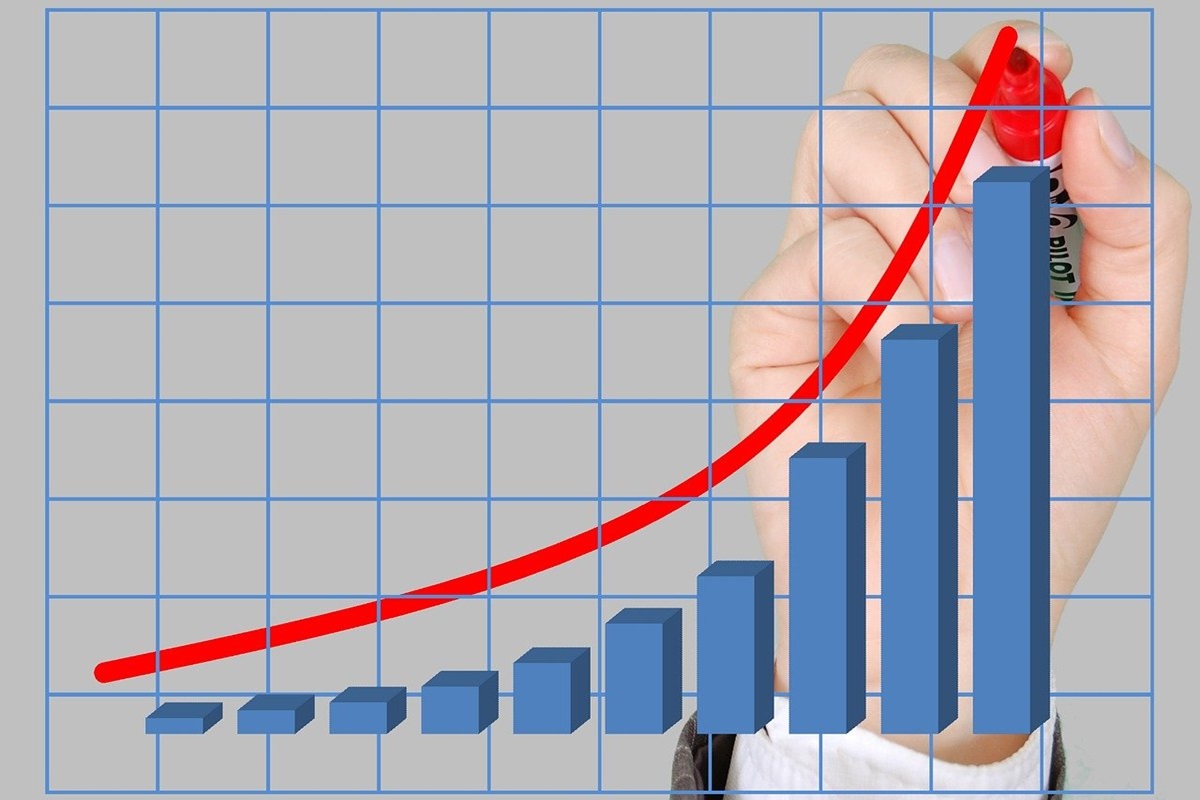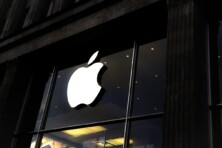In the United States, inflation showed an increase in January, which exceeded preliminary expectations regarding the dynamic of this indicator.

Probably, for the Federal Reserve, the mentioned data will become an argument in favor of keeping the cost of borrowing at the current level and adhering to an approach that does not provide for any quick actions in the context of cutting interest rates.
The consumer price index, a broad measure of costs of goods and services in the United States economy, rose a seasonally adjusted 0.5% in January. It is worth noting that in this case, an increase in the indicator on a monthly basis is implied. The annual inflation rate in January was recorded at the 3% mark. The relevant information was published on Wednesday, February 12, by the United States Bureau of Labor Statistics. The Dow Jones preliminary estimate called for January inflation to rise by 0.3% and 2.9% on a monthly and annual basis, respectively.
Excluding volatile food and energy prices, the CPI increased by 0.4% last month compared to December. The 12-month inflation in this case was 3.3%. The preliminary estimate provided for an increase in the mentioned indicators by 0.3% and 3.1%. The annual rate grew by 0.1% compared to the December figure.
Shelter costs continue to be a problem for inflation. The corresponding indicator in January rose by 0.4% on a monthly basis, accounting for about 30% of the entire increase.
Food prices grew by 0.4% last month compared to December. In this case, the main factor in the upward dynamic was a 15.2% increase in the cost of eggs due to ongoing problems with avian flu, which forced farmers to destroy millions of chickens. The US Bureau of Labor Statistics said the January growth in egg prices was the largest since June 2015, accounting for about two-thirds of the rise in food-at-home costs. Over the past year, eggs cost soared 53%.
The cost of new vehicles did not show any changes in January. At the same time, used cars and trucks rose in price by 2.2% last month compared to December. The cost of vehicle insurance increased by 2% month-on-month in January.
Energy prices rose by 1.1% in January compared to December. The cost of gasoline increased by 1.8% month-on-month over the same period.
The mentioned information is likely to complicate further monetary easing by the central bank of the United States.
After the data on the dynamic of inflation was published, futures tied to the Dow Jones Industrial Average slid more than 400 points while bond yields scaled sharply higher.
As we have reported earlier, Jerome Powell Tells Congress Fed Still in No Rush to Cut Rates.









